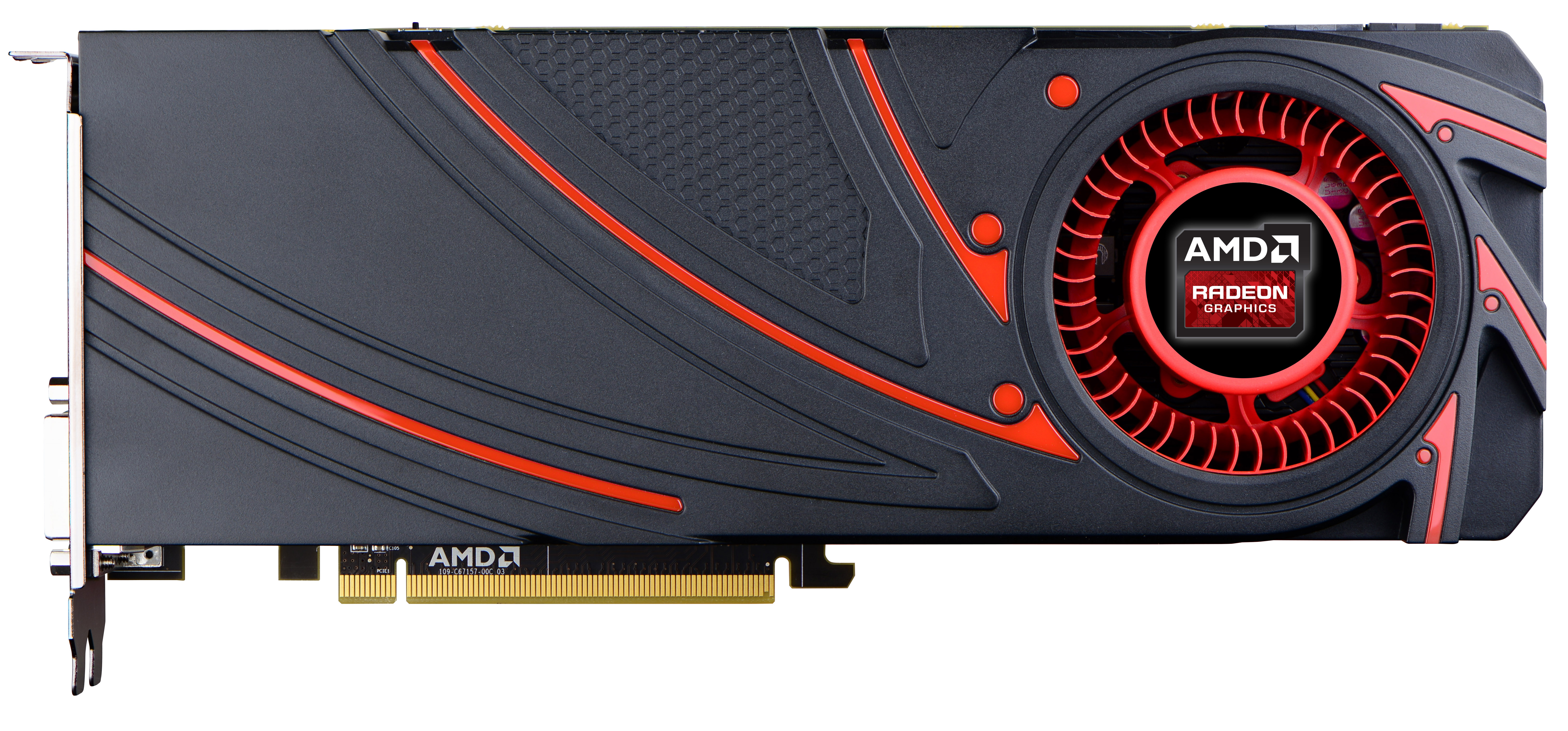
The first generation of HBM, which AMD is implementing on its upcoming high-end graphics cards, pushes just 1 Gbps of data per pin (compared to 7 Gbps on the fastest GDDR5) but features a vast bus width of 1024-bit (compared to just 32-bit per GDDR5 chip). The interface is wider, but with lower clocks (leaving a vast room for future increases in clock speeds). HBM takes a different approach to achieving memory bandwidth than GDDR5. Beyond a point, you need a disproportionate amount of power to support increasing clocks. With GDDR5 (or any DRAM standard for that matter), power-consumption doesn't follow a linear curve to support increasing clock speeds. GPU makers haven't managed to take clock speeds of GDDR5 above 1752 MHz (real), and the fact that they're having to use other ways to increase effective bandwidth, such as proprietary lossless memory compression, shows that GDDR5 will fetch diminishing returns for new designs from here on, out. Placed on a PCB, the ASIC along with the 16 memory chips take up quite a bit of real-estate - 110 mm x 90 mm (99 cm²). AMD already has the fastest implementation of GDDR5 on its "Hawaii" silicon, which belts out 320 GB/s of memory bandwidth, but to get there, the company is having to use sixteen memory chips. HBM is being brought in to address a key problem with GDDR5 - it's not being able to keep up with the growing video memory bandwidth demands of upcoming applications and the GPUs being built to drive them. HBM is being promoted as an upcoming memory standard by JEDEC, and AMD will be the first company to build an ASIC implementing it with SK Hynix being among the first DRAM makers to build silicon for the standard. Much like RV770, "Fiji" is about to bring something that could prove to be a very big feature to the consumer graphics market, stacked high-bandwidth memory (HBM).
#AMD R9 200 SERIES AND ABOVE, AND GEFORCE 900 SERIES FOR MAC PRO 2010 SERIES#
While the company could lay out its upcoming Radeon R9 series much in the same way, with the introduction of essentially just one new silicon, "Fiji," it could just prove enough for the company. The introduction of each new high-end silicon would relegate the existing high-end silicon to the performance segment re-branded, and the existing performance-segment silicon to mid-range, re-branded. The company has come out with a new high-end silicon every 18-24 months, and adopted a strategy of cascading re-branding. Since the introduction of its Graphics CoreNext architecture in 2012, AMD has been rather laxed in its product development cycle. Could AMD be looking at a similar turnaround this summer? GDDR5 helped the company double the memory bandwidth, with lower pin- and memory-chip counts, letting the company and its partners build graphics cards with fewer components, and earn great margins, which the company invested in development of its even better HD 5000 series, that pushed NVIDIA with its comical GeForce GTX 480, to hit its lowest ever in market-share. The company's RV770 silicon, the first GPU to implement GDDR5 memory, trounced NVIDIA's big and inefficient GeForce GTX 200 series, and threw AMD back in the game.



Back in 2008, when it looked like NVIDIA owned the GPU market, and AMD seemed lagging behind on the performance and efficiency game, the company sprung a surprise.


 0 kommentar(er)
0 kommentar(er)
